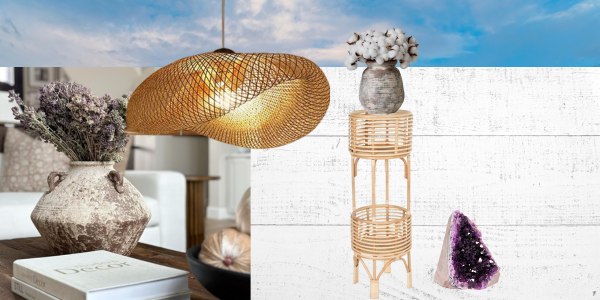Biophilic design is an approach that goes beyond just decorating your space. It’s about creating indoor environments that boost your mental and emotional well-being by connecting you with nature. In simpler terms, biophilic design is all about bringing the outdoors in, benefiting not just your living space but your state of mind as well. Let’s dive into how you can make this concept a part of your life.
The Science Behind Biophilic Design
Biophilic design is deeply grounded in scientific research. Studies, such as those published in “Frontiers in Psychology,” show that adding natural elements like plants or water features to your indoor spaces can actually lower stress levels, help you think more clearly, and improve your mood. So, what are some practical ways to bring these benefits into your own home or workspace?
Core Principles of Biophilic Design for Mental Health
Direct Experience of Nature
Incorporating direct natural elements like plants, water features, and natural light can have immediate and tangible effects on mental health. These elements serve as natural stress reducers and mood enhancers.
Indirect Experience of Nature
Even representations of nature, such as landscape paintings, natural textures, or nature-inspired colors, can evoke a sense of tranquility and improve mental well-being.
Spatial Configurations
Spaces that mimic natural environments, such as open floor plans that allow for unobstructed views and movement, can also contribute to mental health. These configurations can create a sense of freedom and reduce feelings of confinement.
Practical Applications for a Nature-Infused Life
Plant Integration
Incorporate a variety of indoor plants into your living and working spaces. Each type of plant brings its own set of benefits, from air purification to stress reduction.
Natural Materials
Opt for furniture and decor made from natural materials like wood, stone, or organic fibers. These materials not only bring a tactile sense of nature indoors but also often have lower levels of harmful off-gassing.
Sensory Engagement
Consider adding a small water feature or using essential oils to bring the sounds and scents of nature into your indoor spaces.
Here are some shopping ideas with Amazon affiliate links:
*Disclaimer: This blog is NOT sponsored. I use affiliate links. As a customer, you do not pay any more or less because of an affiliated link. A small percentage of the sale will go to Design Hug creator. Thank you for your support of my blog!

Vases
Decore
Waterfalls
Biophilic design is more than an aesthetic choice; it’s a commitment to fostering well-being and mental health through our immediate environment. For those interested in a deeper understanding, academic journals such as “Building and Environment” offer comprehensive studies on the impact of biophilic design on human health.
As you embark on this journey of integrating nature into your indoor spaces, remember that each choice you make is an opportunity for transformation. Whether it’s a potted plant on your desk or a complete redesign with natural materials, each step brings you closer to a life that is not just lived but well-lived. Embrace the principles of biophilic design and allow the natural world to elevate your mental, emotional, and physical well-being.
